Article summary
Earlier this month, I stumbled upon the #generativeart hashtag as I was scrolling through Instagram. I found several interesting geometric and abstract pieces, each with its own unique visual style. As someone who loves to combine computer science and visual arts, I wanted to join the fun. So, over the past month, I challenged myself to learn the basics of generative art.
What is generative art?
Generative art, also known as procedural art or algorithmic art, is a form of artwork that autonomously creates itself. This can take the form of mathematical functions, as is the case in Mandelbrot’s Fractal. Other times, randomness takes the wheel and creates chaotic artwork that Jackson Pollock would be proud of. In many cases, artists utilize a combination of both.

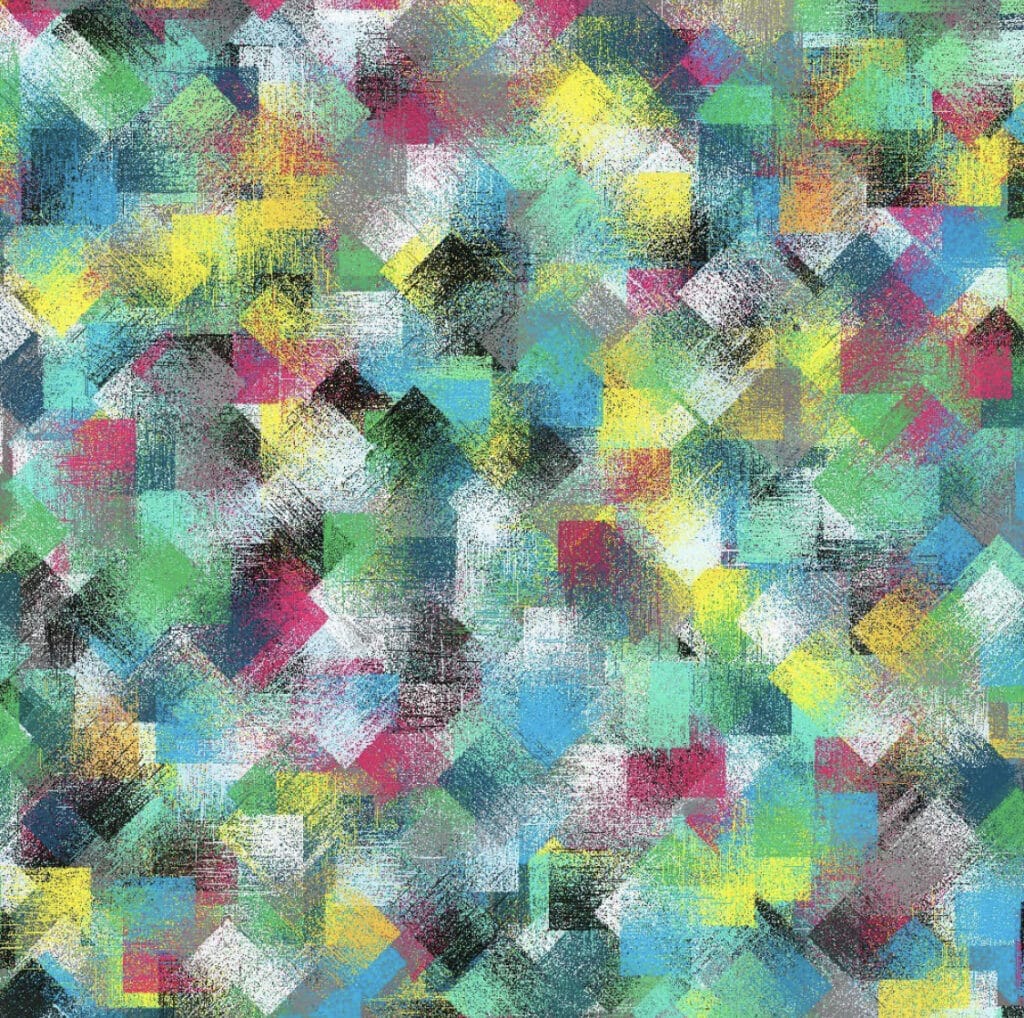
Let’s make some art!
There are many tools available for making generative art, including Processing, p5.js (a JS implementation of Processing), and Turtle graphics. All of these tools offer similar functionality, so choose the one you’re most comfortable with. I decided to use the Python implementation of Turtle.
Let’s write a program to generate a grid of diagonal lines, using randomness to decide whether the lines slant left or right.
First off, let’s define some constants: CANVAS_SIZE, which will determine the width and height of the canvas, and DENSITY, which will determine the number of rows and columns in the grid.
CANVAS_SIZE = 500
DENSITY = 12
Next, we’ll import the turtle module and do some initial setup.
import turtle
t = turtle.Turtle()
s = turtle.Screen()
s.setup(CANVAS_SIZE, CANVAS_SIZE)
Now we get to the fun part. We’ll set up a nested loop to iterate through all the rows and columns in the grid and stub out a draw_line function that will draw a line at the specified row and column.
t.penup()
def draw_line(row, col):
pass
for row in range(DENSITY):
for col in range(DENSITY):
draw_line(row, col)
In our first iteration, we’ll try drawing all lines slanted to the right. With a bit of math, we can calculate the lower-left and upper-right coordinates of each grid cell.
def draw_line(row, col):
lower_left = (
(col * CANVAS_SIZE / DENSITY) - CANVAS_SIZE / 2,
(row * CANVAS_SIZE / DENSITY) - CANVAS_SIZE / 2
)
upper_right = (
((col + 1) * CANVAS_SIZE / DENSITY) - CANVAS_SIZE / 2,
((row + 1) * CANVAS_SIZE / DENSITY) - CANVAS_SIZE / 2
)
t.goto(lower_left)
t.pendown()
t.goto(upper_right)
t.penup()
If we run the program at this point, we get the following output:

It works! But it’s not too exciting. Let’s add some randomness into the mix. We’ll import the random module and use its randint function to generate either 0 or 1. Based on the result, we’ll either draw a left-slanted line or a right-slanted line.
import random
def draw_line(row, col):
lower_left = (
(col * CANVAS_SIZE / DENSITY) - CANVAS_SIZE / 2,
(row * CANVAS_SIZE / DENSITY) - CANVAS_SIZE / 2
)
upper_right = (
((col + 1) * CANVAS_SIZE / DENSITY) - CANVAS_SIZE / 2,
((row + 1) * CANVAS_SIZE / DENSITY) - CANVAS_SIZE / 2
)
lower_right = (
((col + 1) * CANVAS_SIZE / DENSITY) - CANVAS_SIZE / 2,
(row * CANVAS_SIZE / DENSITY) - CANVAS_SIZE / 2
)
upper_left = (
(col * CANVAS_SIZE / DENSITY) - CANVAS_SIZE / 2,
((row + 1) * CANVAS_SIZE / DENSITY) - CANVAS_SIZE / 2
)
res = random.randint(0, 1)
if res == 0:
t.goto(upper_left)
t.pendown()
t.goto(lower_right)
t.penup()
else:
t.goto(lower_left)
t.pendown()
t.goto(upper_right)
t.penup()
When we run the program now, we end up with this cool geometric pattern that’s different each time you run it:
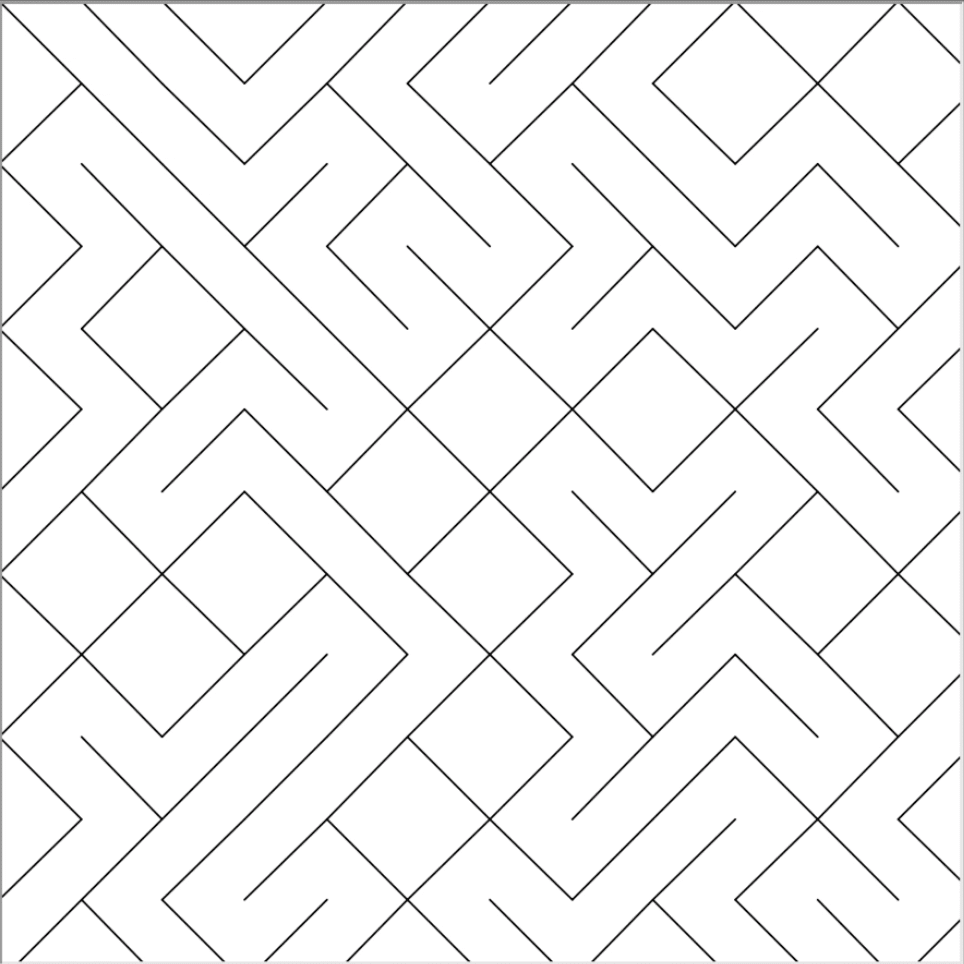
Make it your own!
From there, you can customize the program to fit your own taste. I added a splash of color and tweaked the constants a bit, which resulted in a piece I’m pretty happy with:
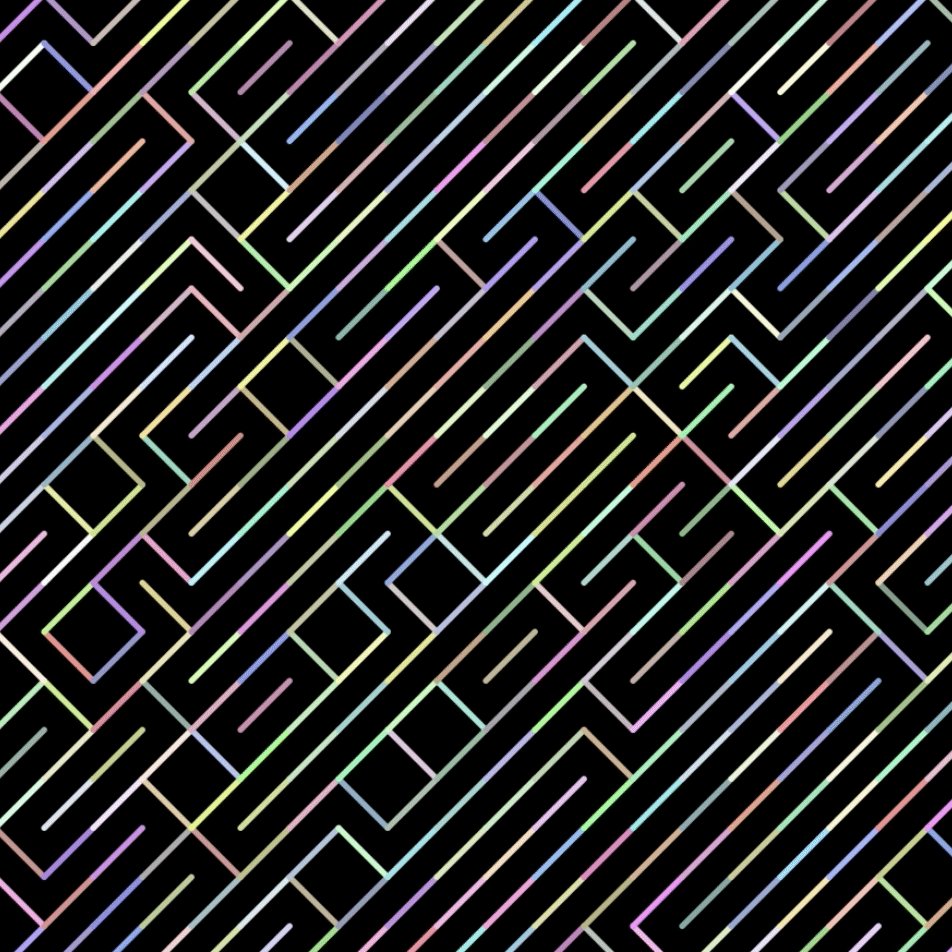
Takeaways
Generative art is really fun! I ended up creating several more pieces during my exploration. Check them out below:
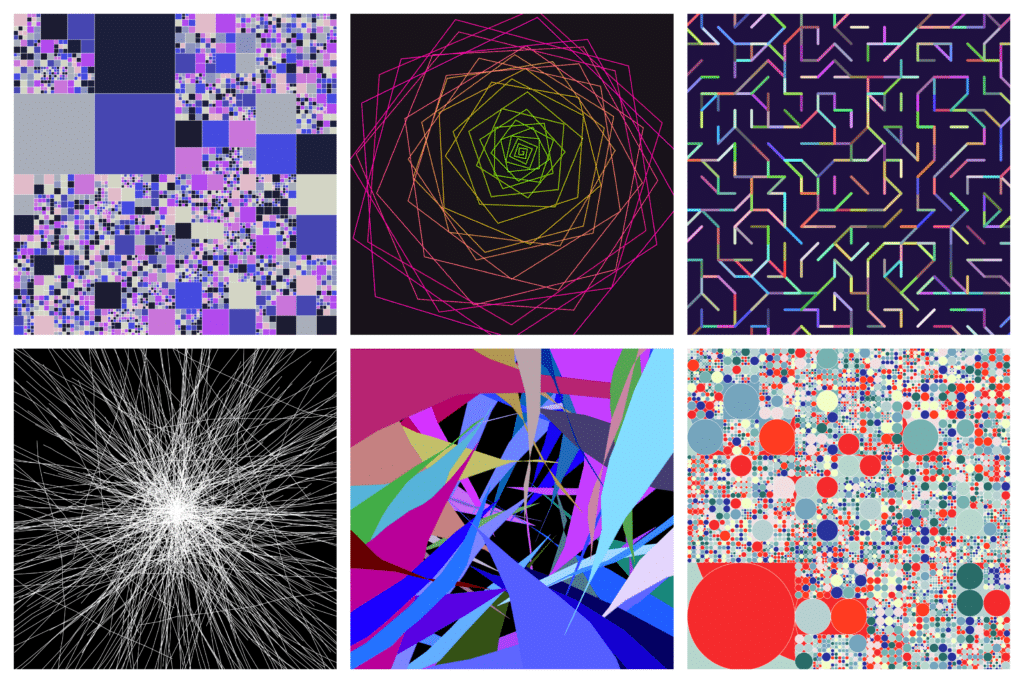
In addition to being fun, generative art is a great introduction to programming for those who are looking to start. Its visual aspect makes it easy to see how your code changes affect the output, so it’s very easy to pick up even if you’re a beginner. Try it out yourself and see what you can make!

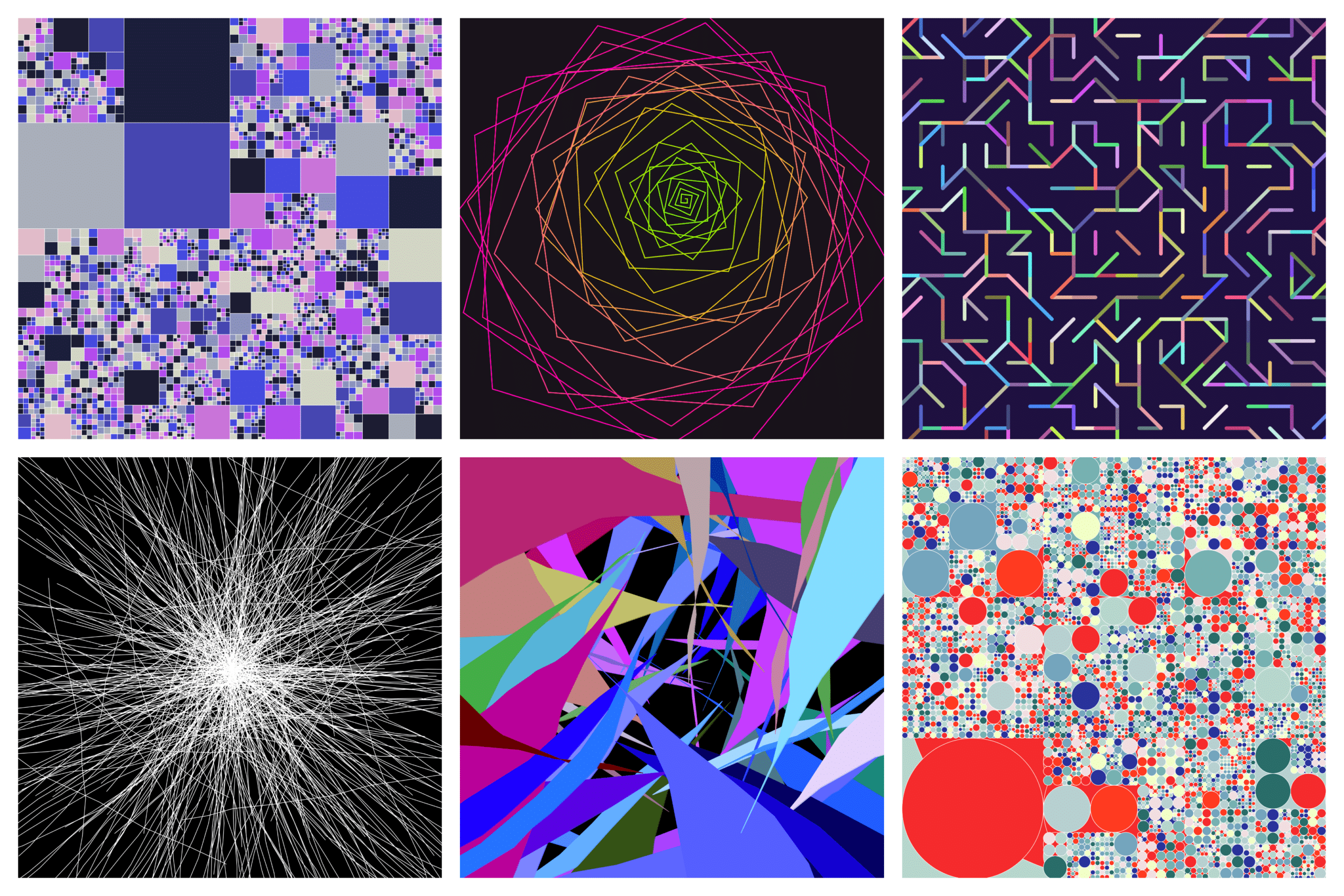
This is awesome! I’ve made generative art similar to the diagonal lines piece you talk through in the article, but I’d love to learn how to create pieces like the images you share at the bottom! Would you ever consider creating tutorials for them?